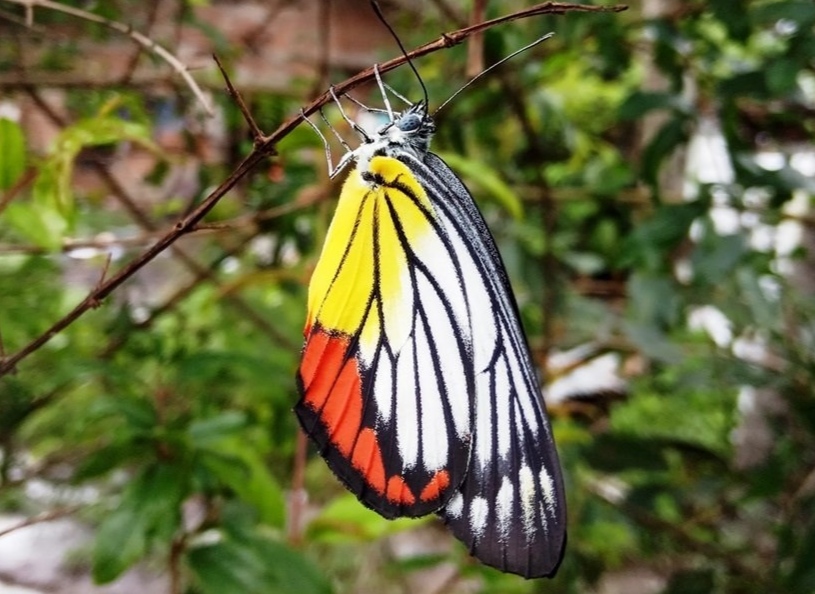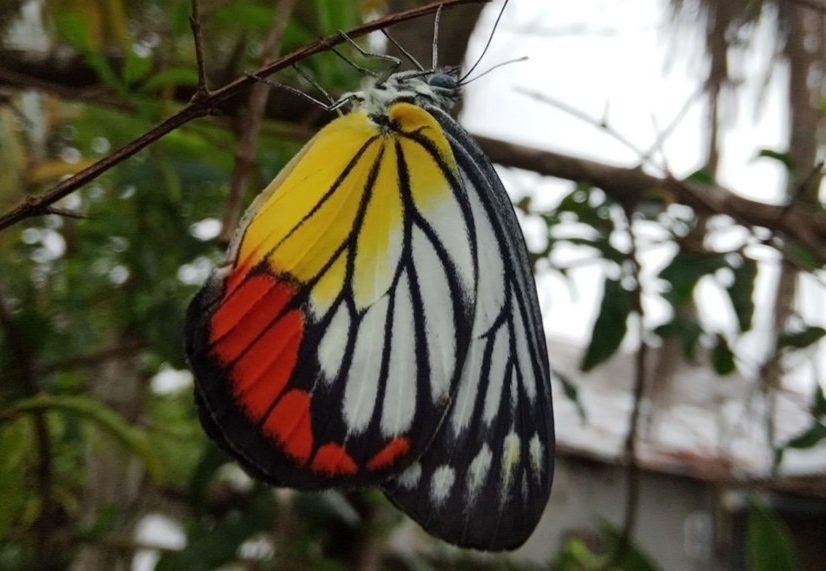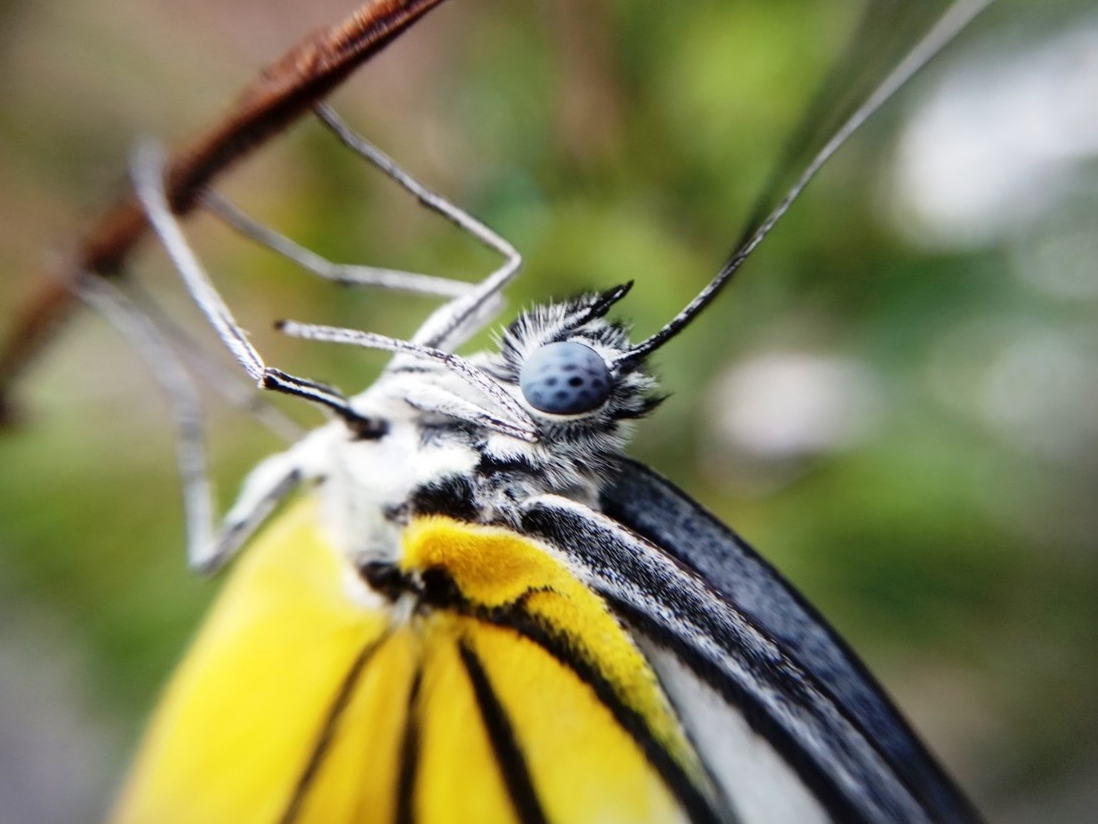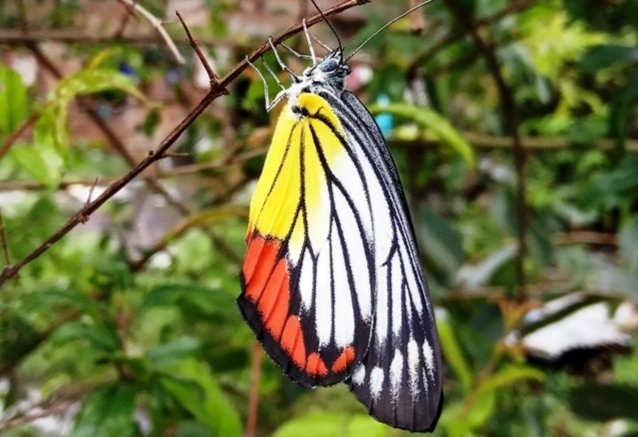Very pretty butterfly that I'm interested in.

Hello all HIVE friends, see you again @prob. on this very beautiful occasion I want to make my post happy to all of my friends, my post this time is about a very beautiful animal saint and many people like it including myself. My pictures this time I immortalize them using my own cellphone camera which is branded POCO X3. And below are some pictures of these animals that I have edited a little.



This animal is the painted Jezebel butterfly. This species is very similar to Delias eucharis but can be distinguished as follows: The upper forewings of males have black margins to which the veins are more spread out; diffuse transverse postdiscus band, not well-defined, oblique, not parallel to the lower terminus but ending at the apex of vein 2; the apical portion of the wing outside the fascia is more or less shaded by black scales leaving a white lanceolate (lance-shaped) space between the veins (so prominent in D. euharis) indistinct and indistinct. The white hindwing, black venation and terminal narrow black border and sub-terminal vermilion red spots between the veins on the underside indicate transparency. Bottom: forewings as in D. eucharis, but much wider vein black border and postdiscus transverse fascia as in oblique but wider. The hindwings differ from D. euharis in a much deeper yellow-chrome base colour, the postdiscal black curved band which in D. euharis separates the yellow from the completely undesirable subterminal vermilion red spots, the red spots themselves point to deep, not subchordally, the size is markedly increased posteriorly. The antennae, head, thorax and abdomen are similar to those of D. euharis. The female differs from the female of D. euharis in the upper by a much darker shade, especially on the forewings, and by the postdiscal transverse bands as in D. eucharis oblique but wider. The rear wing is also darker, the black baud arching across the postdiscal is completely absent. Underparts as in females but darker, forewings especially thicker shaded with black scales, preapical spaces stained with yellow. The antennae, thorax and abdomen are similar to those of D. euharis.

This is a little explanation from me about this butterfly, if there are many shortcomings, please forgive me because I am still in a state of learning.